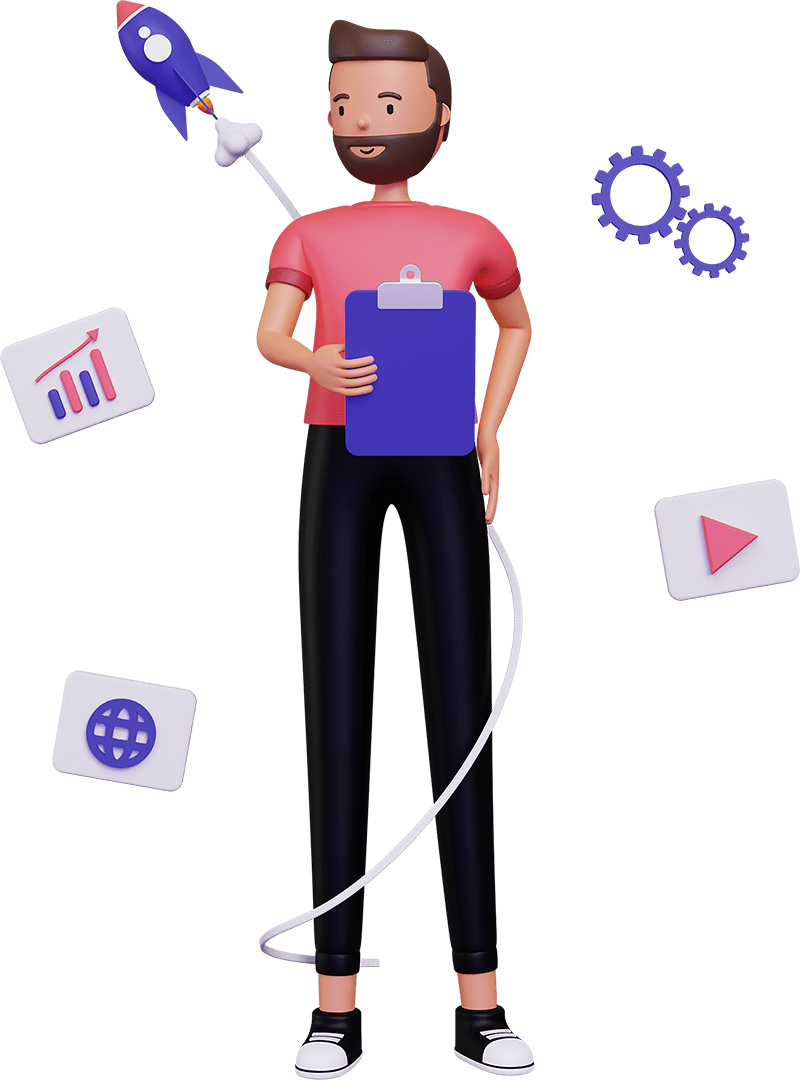Introduction
User Experience (UX) Design is a crucial aspect of web development that focuses on creating products that provide meaningful and relevant experiences to users. This involves the design of the entire process of acquiring and integrating the product, including aspects of branding, design, usability, and function. In this article, we will explore the importance of UX design, the key principles, the design process, and how to measure the effectiveness of UX design.
The Importance of UX Design
UX design is not just about creating visually appealing interfaces; it’s about ensuring that users can achieve their goals efficiently and effectively. Here are some reasons why UX design is essential:
- Enhances User Satisfaction: A well-designed user experience increases user satisfaction by making interactions intuitive and enjoyable.
- Improves Usability: Good UX design ensures that a product is easy to use, reducing the learning curve for new users.
- Increases Engagement: By providing a seamless and enjoyable experience, users are more likely to engage with the product and return to it in the future.
- Boosts Conversion Rates: Effective UX design can lead to higher conversion rates by guiding users smoothly through the desired actions.
- Reduces Development Costs: Investing in UX design early in the development process can help identify and fix usability issues, reducing the need for costly revisions later.
Key Principles of UX Design
Several key principles guide effective UX design:
- User-Centered Design: Focus on the needs, preferences, and limitations of the end-users at every stage of the design process.
- Consistency: Maintain consistency in design elements such as colors, fonts, and layouts to create a cohesive experience.
- Simplicity: Strive for simplicity in design by eliminating unnecessary elements and focusing on essential functions.
- Accessibility: Ensure that the product is accessible to all users, including those with disabilities.
- Feedback: Provide clear and immediate feedback to users about their actions to help them understand the results of their interactions.
- Flexibility: Design for flexibility by allowing users to customize their experience to suit their needs and preferences.
The UX Design Process
The UX design process typically involves several stages:
- Research
- Design
- Prototyping
- Testing
- Implementation
- Evaluation
Research
The research phase involves understanding the target audience and their needs, preferences, and behaviors. This can be done through various methods, including user interviews, surveys, and usability testing. The goal is to gather insights that will inform the design process.
Design
Based on the research findings, the design phase involves creating wireframes, mockups, and design specifications. This stage focuses on defining the layout, navigation, and visual elements of the product. Designers work closely with stakeholders to ensure that the design aligns with business goals and user needs.
Prototyping
Prototyping involves creating interactive models of the product that can be tested with users. Prototypes help identify usability issues and gather feedback before the final product is developed. Tools like Sketch, Figma, and Adobe XD are commonly used for prototyping.
Testing
The testing phase involves evaluating the prototypes with real users to gather feedback and identify areas for improvement. Usability testing methods include moderated and unmoderated testing, A/B testing, and heatmaps. The goal is to refine the design based on user feedback.
Implementation
Once the design is finalized, the implementation phase involves collaborating with developers to build the product. Designers work closely with the development team to ensure that the design is accurately translated into the final product.
Evaluation
After the product is launched, the evaluation phase involves monitoring user feedback and analytics to assess the effectiveness of the UX design. Continuous improvement is essential to address any issues and enhance the user experience.
Measuring the Effectiveness of UX Design
To measure the effectiveness of UX design, several metrics can be used:
- Usability Metrics: Measure the ease of use, efficiency, and satisfaction through usability testing and surveys.
- Engagement Metrics: Track user engagement through metrics such as time on site, page views, and interaction rates.
- Conversion Metrics: Assess the impact of UX design on conversion rates, including sign-ups, purchases, and other desired actions.
- Retention Metrics: Monitor user retention rates to evaluate how well the product meets user needs and encourages repeat use.
- Feedback and Reviews: Collect user feedback and reviews to gain insights into their experiences and identify areas for improvement.
Conclusion
User Experience (UX) Design is a critical component of web development that focuses on creating meaningful and enjoyable interactions for users. By following key principles and a structured design process, businesses can enhance user satisfaction, improve usability, and drive engagement and conversions. At We-Dev, we specialize in delivering exceptional UX design that meets the unique needs of our clients. Contact us today to discuss how we can help you create a user-centered product that delights your users and achieves your business goals.
